10 Things You Didn't Know About Namibia
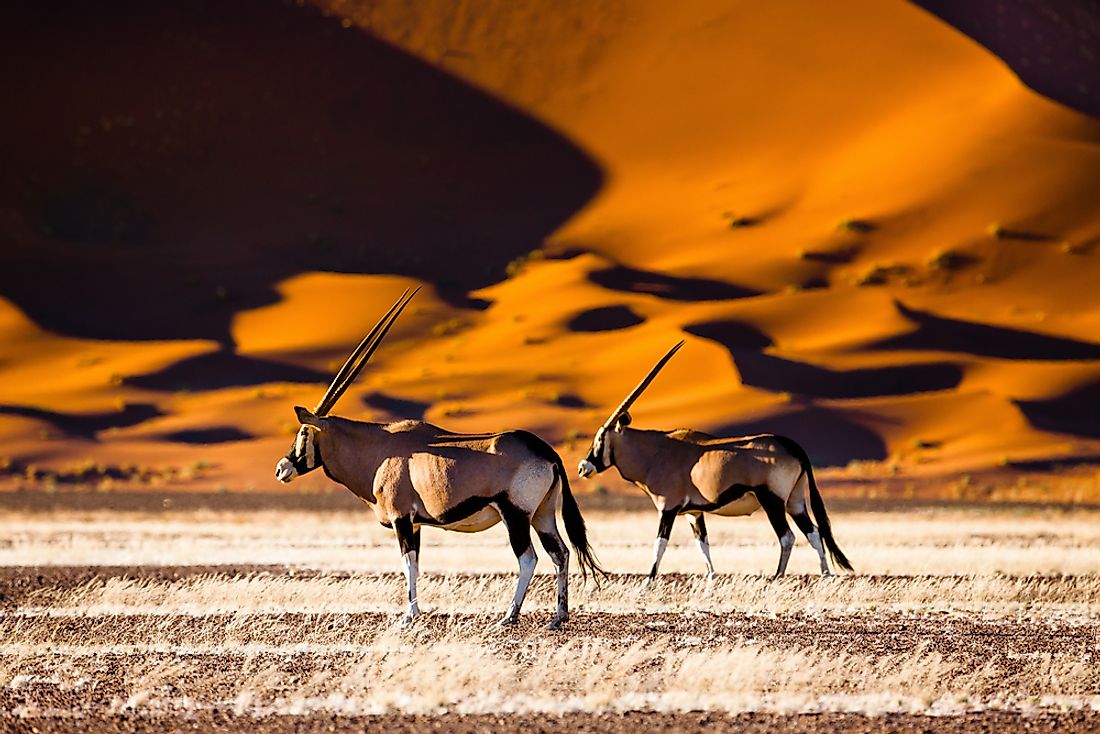
Namibia is a Southern African country and one of the least populated countries in the world with a population of about 2.1 million people. Despite the low population, Namibia is home to at least 13 ethnic groups. The low population has been attributed to the extensive and arid Namib Desert covering large parts of the country. Namibia is largely a peaceful country with a stable government. Nicknamed the “gem,” Namibia remains largely unexploited and a dazzlingly beautiful hub of adventure. Here are some of the things that may generally be unknown about Namibia.
10. Namibia is home to the remarkable Etosha National Park.
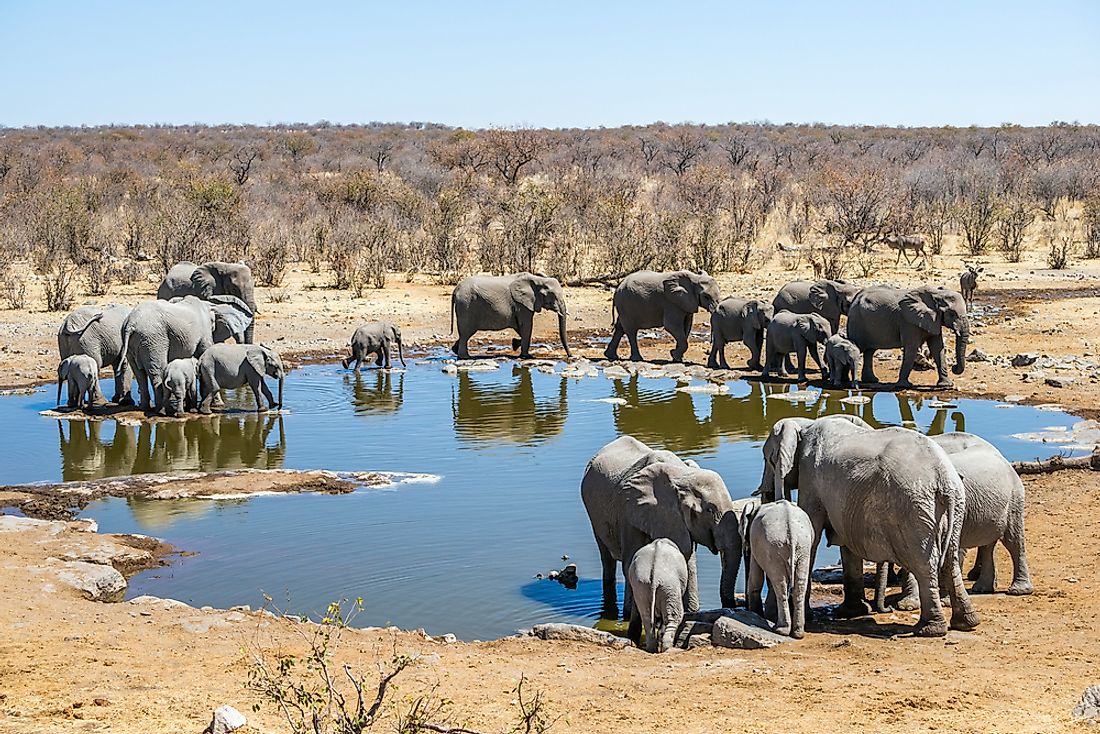
The Etosha National Park is one of the incredible places to visit in Namibia. It is one of the accessible game reserves in Namibia with stunning features worth sampling. From salt pans to waterholes and rare wildlife species, Etosha National Park has plenty to offer visitors. Located in northwest Namibia, it covers an area of 8,600 square miles. It was made a national park in 1967 after having been established as a game reserve in 1907. Etosha translates to “Great White Place,” a name given to the national park after the Etosha pan, a 75-mile long dry salt lake bed.
9. Namibia receives the least rainfall out of all countries in sub-saharan Africa.
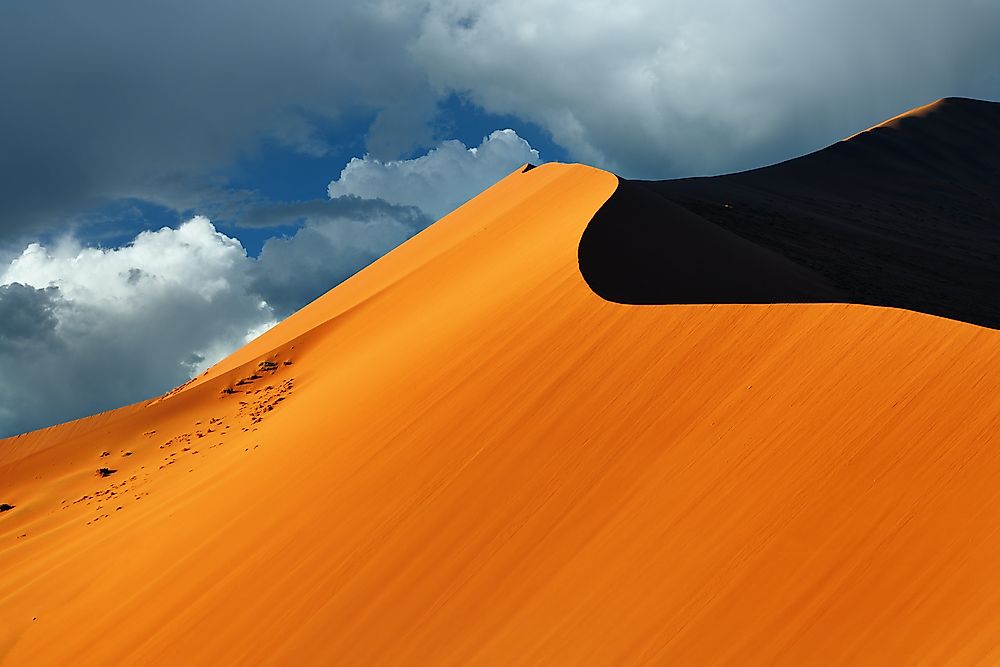
Namibia is one of the driest and sunniest countries in the world with over 290 days of sunshine. The climate of Namibia is generally arid with a higher rate of evaporation compared to precipitation. Namibia receives the least amount of rainfall among the sub-Saharan countries with an annual precipitation of 370 mm in Windhoek. Rainy season starts from November to March and may extend to April. Rainfall is mainly experienced in the highland areas such as the capital Windhoek. No rainfall occurs between June and September.
8. Namibia has the second lowest population density of any country, anywhere.
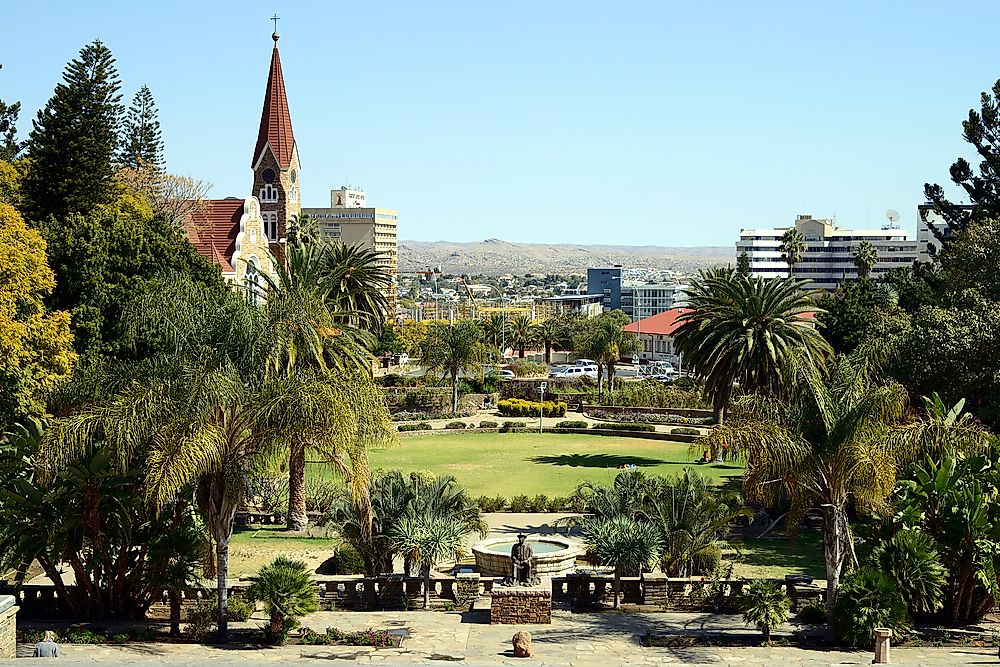
Namibia is the 2nd least densely populated country worldwide, after Mongolia. According to the 2011 Population and Housing Census, Namibia had a population of about 2 million people signifying a population of growth of just over 1% between 2001 and 2011. Namibia’s population represents 0.3% of the world’s population. It has a population density of 2 people per square kilometer. Life expectancy in Namibia is at 52.19 for the overall population. Windhoek is the most populated city with a population of 320,000 people. Despite the low population, the country has 13 ethnic groups including Ovambo, Kavango, Damara, Whites, and the San among other tribes.
7. It is home to the world's largest cheetah population.
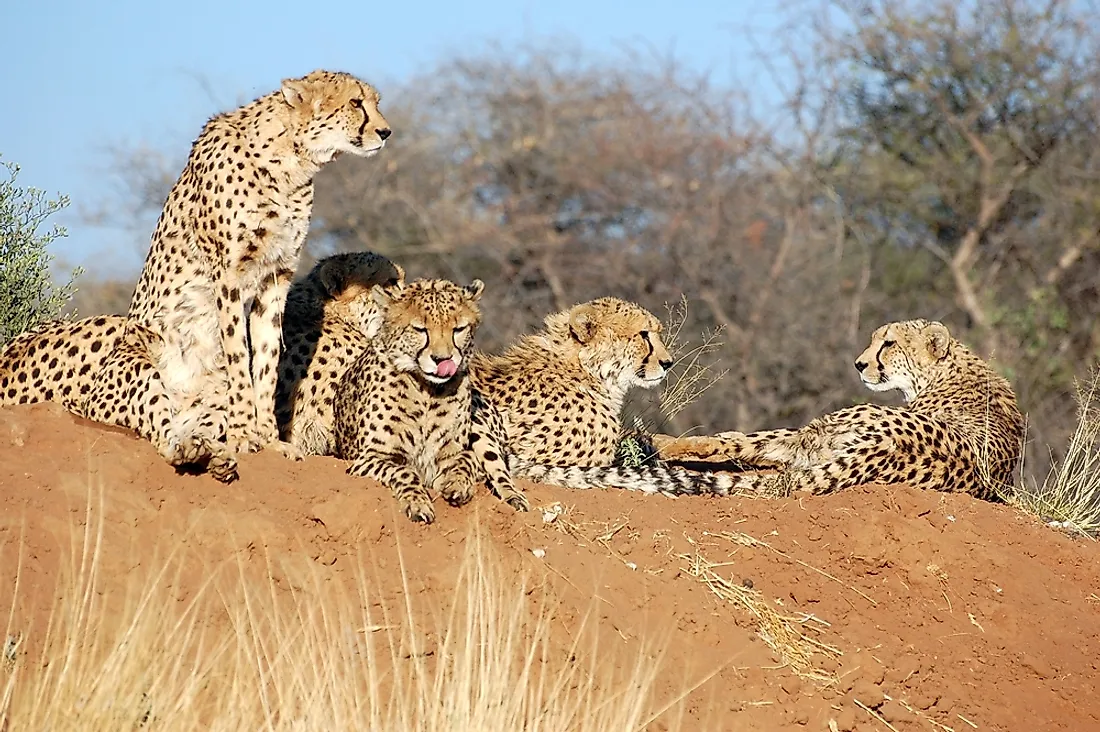
Namibia is dubbed the cheetah capital of the world because of the large population of cheetahs in the country. Although poaching and destruction of habitat have significantly reduced the number of Cheetahs in Namibia, it remains home to the largest cheetah population in the world. As of 2015, there are over 3,500 live cheetahs in Namibia with the majority of the cheetah living in Namibian farmland. Although most of the cheetahs are found outside of the protected areas, they can also be found in Naankuse Wildlife Sanctuary and Bwabwata National Park. However, they are uncommon in the Etosha National Park.
6. Although only 1% of it is suitable for farming, almost half of the population works in agriculture.
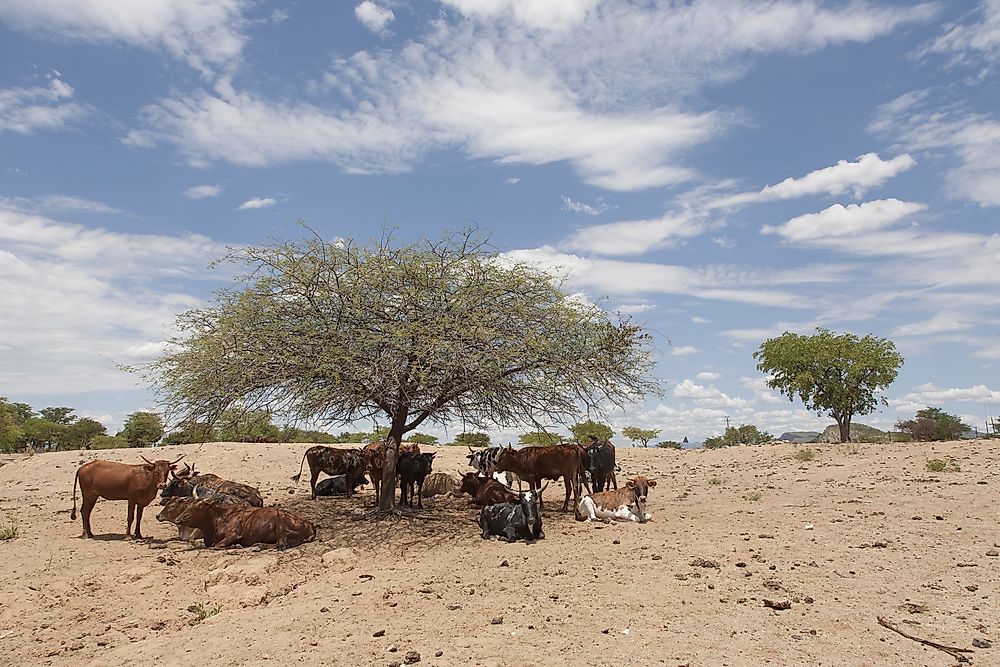
Although Namibia is largely an arid country with only 1% of agricultural land, about half of the population depends on agriculture for livelihood. The majority of the population lives in rural areas where agriculture is the only viable economic activity. Most of the arable lands are owned by about 4,000 white, commercial farmers who employ the services of poor Namibians. Agriculture is mainly subsistence with farming confined to communal land. Cattle keeping dominate the central and northern areas. Namibia’s agriculture accounts for about 5% of the GDP.
5. It is home to the largest canyon in Africa: Fish River Canyon.
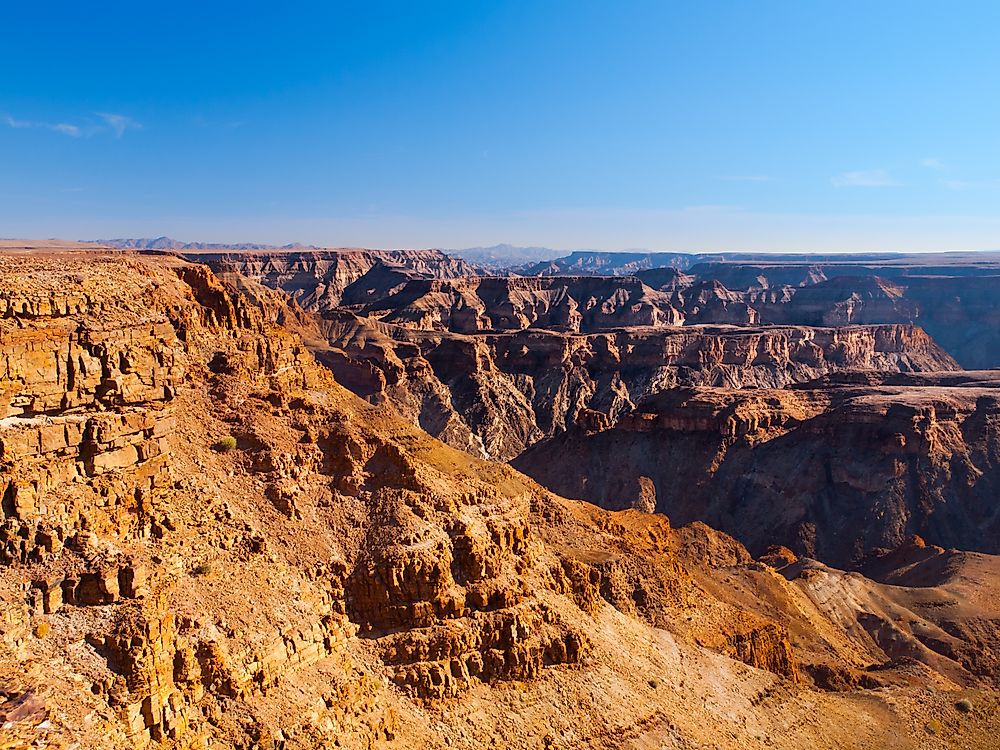
Fish River Canyon is Africa’s largest canyon. It is the 2nd largest canyon in the world after the Grand Canyon and was formed over 450 million years ago through water erosion and the collapse of the valley. It measures 99.4 miles long and 16.8 miles wide and almost 1,800 feet deep and its deepest end. The canyon is preserved by the nature reserves and is part of the Ai-AisRichtersveld Transfrontier Park. The environment around the Fish River Canyon is a habitat for mammals, reptiles, and fish.
4. It gained independence from South Africa in 1990.
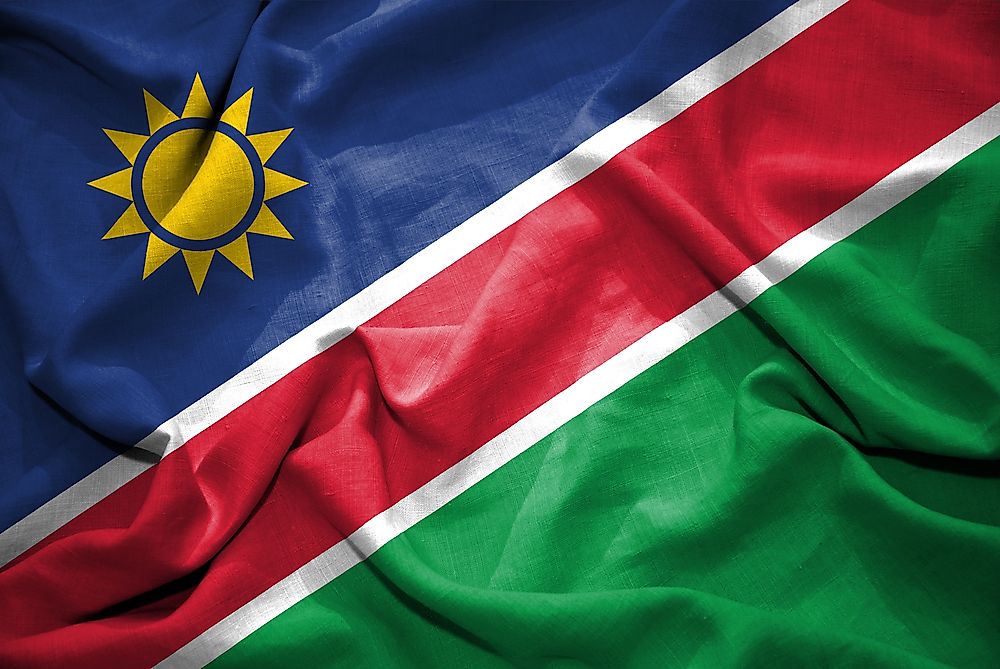
After 75 restive years beginning 1915 under the control of South Africa, Namibia attained her independence on March 21, 1990. South Africa occupied Namibia in 1915 after defeating the Germans during the World War I and administered it from 1919 under its mandate from the League of Nation. In 1946, South Africa tried to make Namibia its fifth province. Diplomatic efforts were employed to arrange independence for Namibia but the efforts fell through in the 1970s. South Africa agreed to give up the country in 1988 in accordance with the UN peace agreement for the region. Namibia officially became independent in 1990.
3. It enjoys a high level of freedom of the press.

Namibia is the safest country in Africa to work in as a journalist. It remains number one in Africa in press freedom and ranks 24th out of 180 countries globally according to the World Press Freedom ranking. Although the country had dropped by 7 places from 17 in 2016, it still ranked higher than some of the most advanced nations like the US, the UK, and New Zealand. Namibia’s constitution guarantees free speech and protects journalists with critical journalists finding refuge on the uncontrolled internet.
2. Namibia protects wildlife in its constitution.
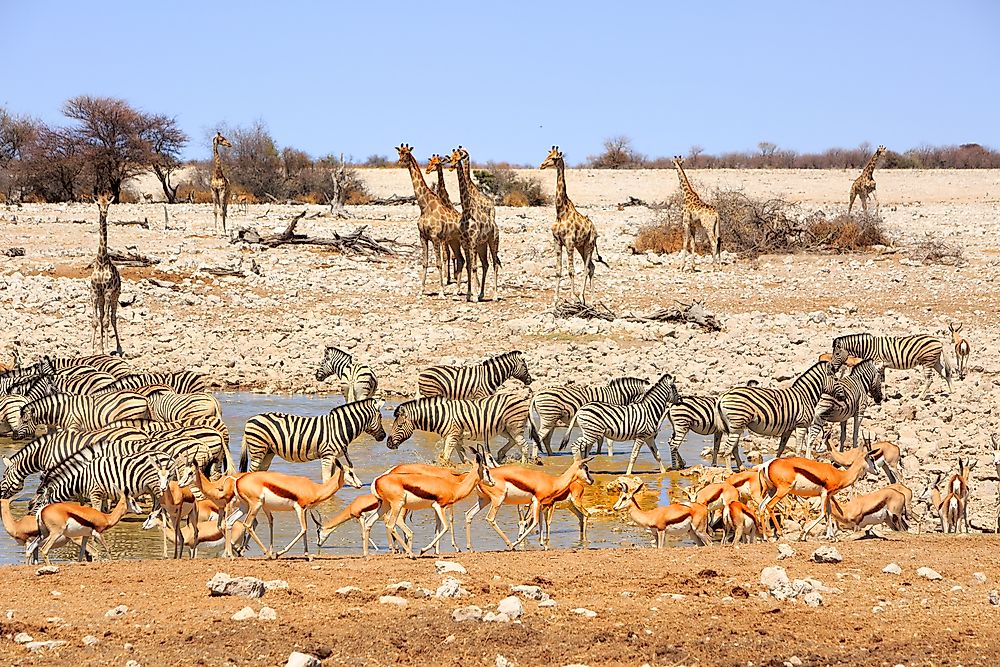
Although Namibia is relatively a young country having gained independence in 1990, it has made great strides in environmental conservation. Namibia became the first country in Africa to incorporate environmental conservation in its constitution. Article 95 of the Namibian Constitution states that by promoting the welfare of the people, the government must adopt policies that are aimed at maintaining the ecosystem and biological diversity of country and use of resources in a sustainable manner. The government has also enacted laws and policies aimed at protecting wildlife. The laws promote the conservation of cheetahs and other wild animals and also promote anti-poaching.
1. Namibia is home to the Skeleton Coast, which is notorious for its shipwrecks.
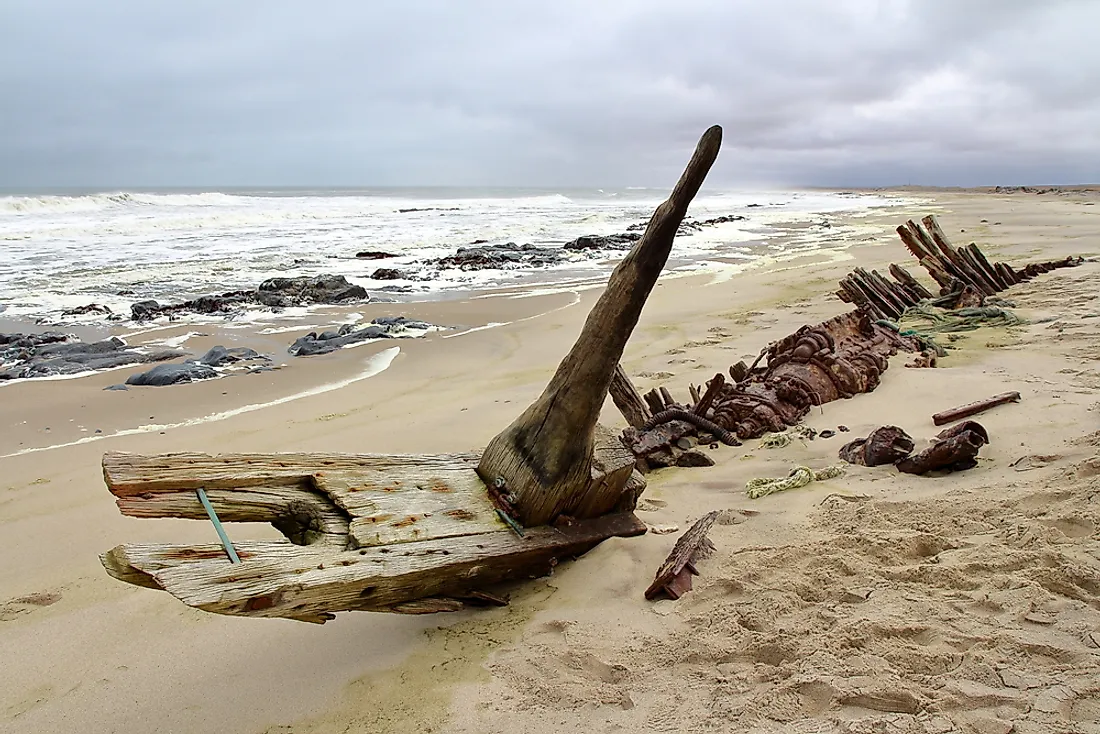
The Skeleton Coast in the northern part of the Atlantic Ocean coast of Namibia is considered one of the mysterious places in Namibia. It is not only littered with carcasses of dead animals but also hundreds of ship wreckage. It is a graveyard of sailors and sea captains whose ships lie in shallow waters. When the cold water of the Atlantic current collides with a dry, warm air of the Namib Desert, they produce a force that pushes violently towards the shore wrecking sea vessels in the process. Most of the wrecks are completely destroyed but a few can be seen up close.











